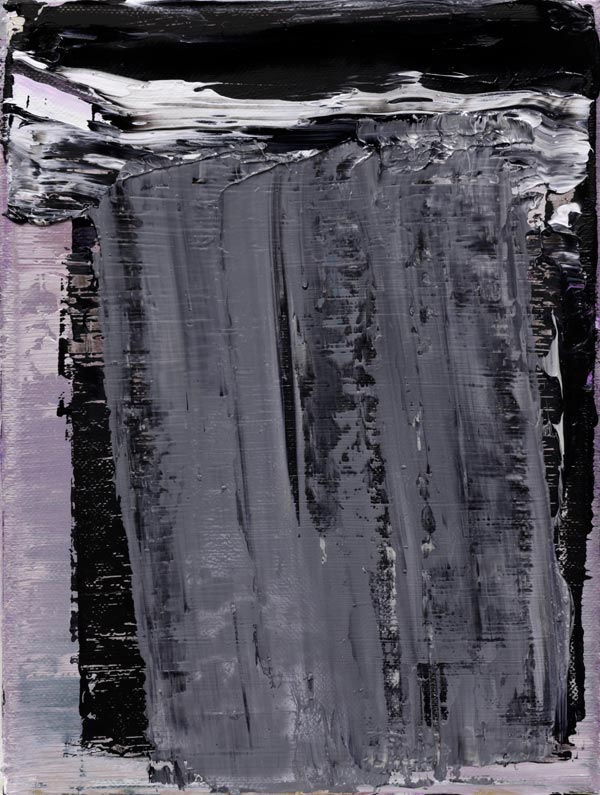|
The narrative in painting:
Space and time and surface, line and form. Beginning and end are up to the subjective perception. An analytical separation of the elements is impossible. Thus, dramaturgical forms such as prologue, prelude, introduction, climax, conclusion, conclusion, main theme of a sonata, or other lyrical forms are impossible. This immediacy is the living characteristic of painting and awakens the appeal of looking with the senses. Thus, in the process of painting there is a compression of elements, layers and forms, which flow into a picture as a means even without claiming any function in the overall picture. Much is painted over and forgotten, in the painterly sense, and yet contributes to the sensual intensity and materiality of the picture. The end of the process is the picture. As an open surface immediate, rigid in presence and tension. Mostly related to lyrical short forms such as two to three line verses or simple sounds and their chords. The whole work can be grasped at a glance. Perceptible, sensual and physically present without even a moment of understanding having taken place. This pleasurable process of consciousness as an observer begins with the picture and occupies the viewer again and again, not in the sense of a decoding and symbolic interpretation, but a phenomenological contemplation of the picture. To have no words for what one sees, that is the language of painting. 10.10.19 Axel Plöger |

